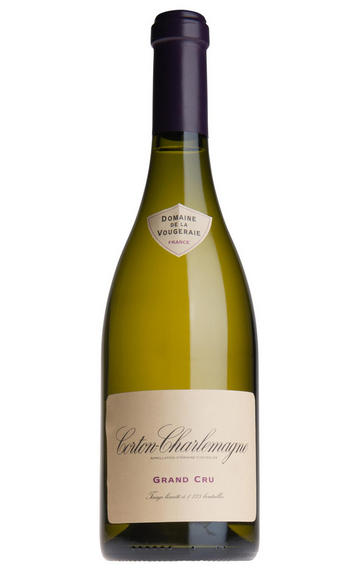
2012 Corton-Charlemagne, Grand Cru, Domaine de la Vougeraie, Burgundy
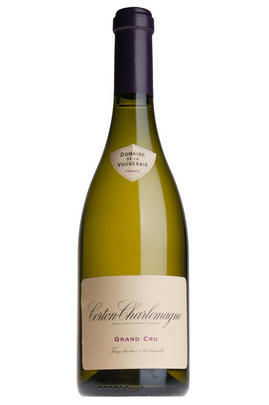
About this WINE
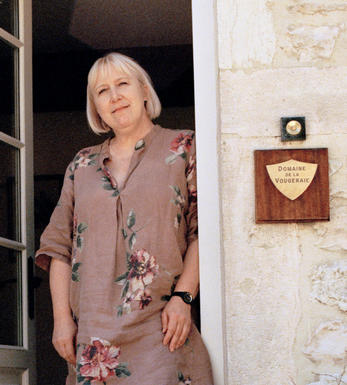
Domaine de la Vougeraie
Domaine de la Vougeraie is part of our Spotlight on sustainability series. You can view the full range here.
Domaine de la Vougeraie, based in Premeaux just south of Nuits St Georges, was created in 1999 when Jean-Claude Boisset of the Boisset group decided to group together all the vineyard holdings of his various negociant companies acquired over the years. The name comes from the significant holdings – and indeed Jean-Claude Boisset’s home – in the village of Vougeot. The winery is located however in the old Claudine Deschamps (Madame Jean-Claude Boisset) cellars in Prémeaux. The domaine was put together from the various vineyard holdings which had accrued through the Boisset acquisitions of Burgundian houses over the years. Pascal Marchand was put in charge in 1999, with Bernard Zito in the vineyards, which were farmed biodynamically. Pascal produced powerful wines, fairly heavily extracted in his early vintages but clearly was subsequently moving to a softer approach by 2004.
With nearly 40 hectares of vineyard and over 30 different appellations, including six grand crus (Musigny, Bonnes Mares, Clos Vougeot, Charmes Chambertin, Mazoyères, Corton Clos du Roi and Corton Charlemagne), this is one of Burgundy’s leading domaines.
No expense has been spared in production terms. The premier and grand cru vineyards are all farmed biodynamically with carefully limited yields. The cellar has been equipped with a battery of new or renovated wooden fermentation vats, a state of the art sorting table and a new model of the old fashioned vertical press which is thought to be the best option for red wines. The wines were made by Pascal Marchand of Comte Armand in Pommard, from 1999 to 2005 and subsequently by Pierre Vincent who has maintained the more delicate approach. The grapes are sorted on one of the longest tables de tri I have seen, before being given a cool pre-maceration. During fermentation Pierre punches down only once a day, much less than Pascal used to. The temperature is maintained at 26º-28ºC/79-81ºF after fermentation to polymerise the tannins and fix the colour. The Musigny is destemmed by hand. Starting in 2008 he has begun to experiment with some whole bunch fermentation, though only for a proportion of a given cuvée.
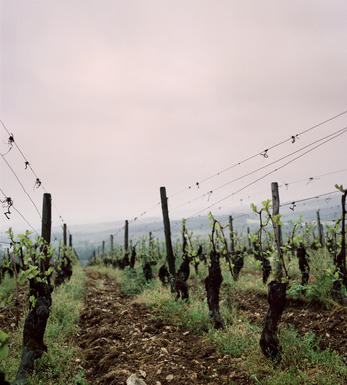
Corton-Charlemagne
There are two specific Charlemagne vineyards, En Charlemagne and Le Charlemagne, making up half the Corton-Charlemagne appellation, while white grapes grown in seven other vineyards (see list below) may also be sold as Corton-Charlemagne. As a result there can be a wide divergence in style between a south-facing location such as Pougets, which needs picking right at the start of the harvest, and the western slopes in Pernand-Vergelesses which might be picked several weeks later. The underlying similarity though comes from the minerality of the soil.
En Charlemagne lies at the border with Aloxe-Corton. The hillside faces west and fine, racy white wines can be made, but the Grand Cru appellation has been extended right up to the village of Pernand itself, by which time the exposition is north-west and the valley has become noticeably more enclosed. The final sector was only promoted in 1966, and probably should not have been.
Le Charlemagne is the absolute heartland of the appellation, facing south-west, thus avoiding the risk of over-ripeness which can afflict the vines exposed due south. If I had Corton-Charlemagne vines here I would be tempted to let the world know by labelling the wine as Corton-Charlemagne, Le Charlemagne.
Two producers to my knowledge also have some Pinot Noir planted here – Follin-Arbelet and Bonneau du Martray. Both make attractive wines but neither, to my mind, justifies Grand Cru status for red wine, lacking the extra dimensions of flavour one hopes for at the highest level. This is not the producers’ fault, but a reflection of the terroir.
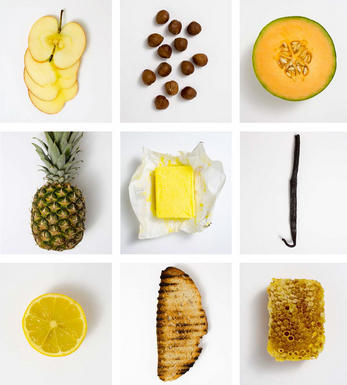
Chardonnay
Chardonnay is often seen as the king of white wine grapes and one of the most widely planted in the world It is suited to a wide variety of soils, though it excels in soils with a high limestone content as found in Champagne, Chablis, and the Côte D`Or.
Burgundy is Chardonnay's spiritual home and the best White Burgundies are dry, rich, honeyed wines with marvellous poise, elegance and balance. They are unquestionably the finest dry white wines in the world. Chardonnay plays a crucial role in the Champagne blend, providing structure and finesse, and is the sole grape in Blanc de Blancs.
It is quantitatively important in California and Australia, is widely planted in Chile and South Africa, and is the second most widely planted grape in New Zealand. In warm climates Chardonnay has a tendency to develop very high sugar levels during the final stages of ripening and this can occur at the expense of acidity. Late picking is a common problem and can result in blowsy and flabby wines that lack structure and definition.
Recently in the New World, we have seen a move towards more elegant, better- balanced and less oak-driven Chardonnays, and this is to be welcomed.


Buying options
Add to wishlist
Description
Burgundy 2012- Staff Favourite
A blend of two south facing parcels located in Le Charlemagne and En Charlemagne with some vines dating back to 1954. Without doubt among the best Corton-Charlemagnes that we tried during this year's en primeur tasting. The nose shows restrain and wet stone minerality, but the palate is followed with an explosive density of layers of lime, green fruit and smothered in white flowers with a golden honey note on the finish. The wine is very pure and the oak from the local forest of Citeaux is beautifully integrated. Very tight at this moment, this will require patience to open up, but when it does, it will be totally satisfying.
Fine Wine Team
This year, for the first time, the wine is a blend from two plots, one in Le Charlemagne and one in En Charlemagne. What results is outstanding; a wine of amazing intensity with some fresh lemon notes in among the wealth of ripe fruit.
Jasper Morris MW, Burgundy Wine Director
This superb domaine grows in reputation and also in size: this year sees the first vintage of Nuits-St Georges, Clos de Thorey. Winemaker Pierre Vincent’s style is for lighter colours and very sensual wines and he has done a cracking job again in 2012; a vintage which supported the plentiful use of whole bunch fermentation. The domaine is certified organic and fully biodynamic.
wine at a glance
Delivery and quality guarantee